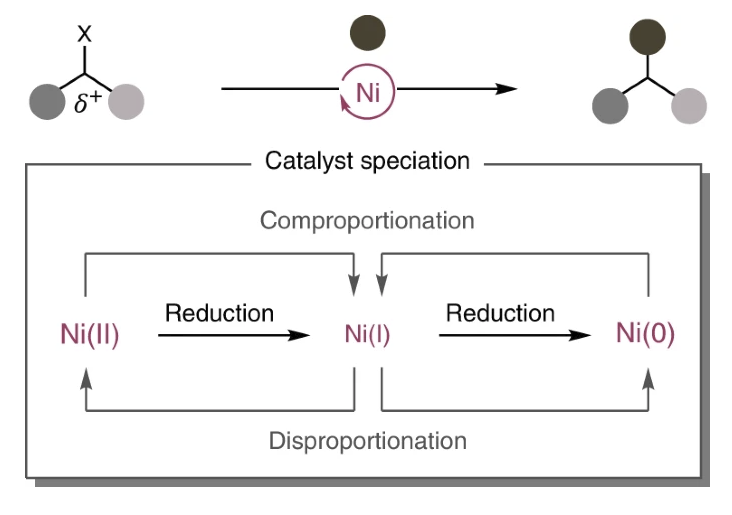Polypyridine-ligated nickel complexes are widely used as privileged catalysts in a variety of cross-coupling reactions. The rapid adoption of these complexes is tentatively attributed to their ability to shuttle between different oxidation states and engage in electron-transfer reactions. However, these reactions are poorly understood in mechanistic terms. Here we investigate the reactivity of pseudohalide- and halide-ligated Ni(II) complexes, containing polypyridine ligands, in electron-transfer reactions. Specifically, Ni(II) halide complexes trigger comproportionation with Ni(0) with exceptional ease en route to Ni(I)Ln species, whereas the corresponding Ni(II) pseudohalide congeners are resistant to electron transfer, with Ni(I) pseudohalides being prone to disproportionation events. These observations are corroborated by electrochemical techniques and detailed quantum mechanical calculations. We also show that catalytically inactive Ni(II) pseudohalide complexes can be reactivated in the presence of exogeneous salts. From a broader perspective, this study provides rationalizations for overlooked and fundamental steps within the Ni-catalysed cross-coupling arena, thus offering blueprints for designing future Ni-catalysed reactions.
